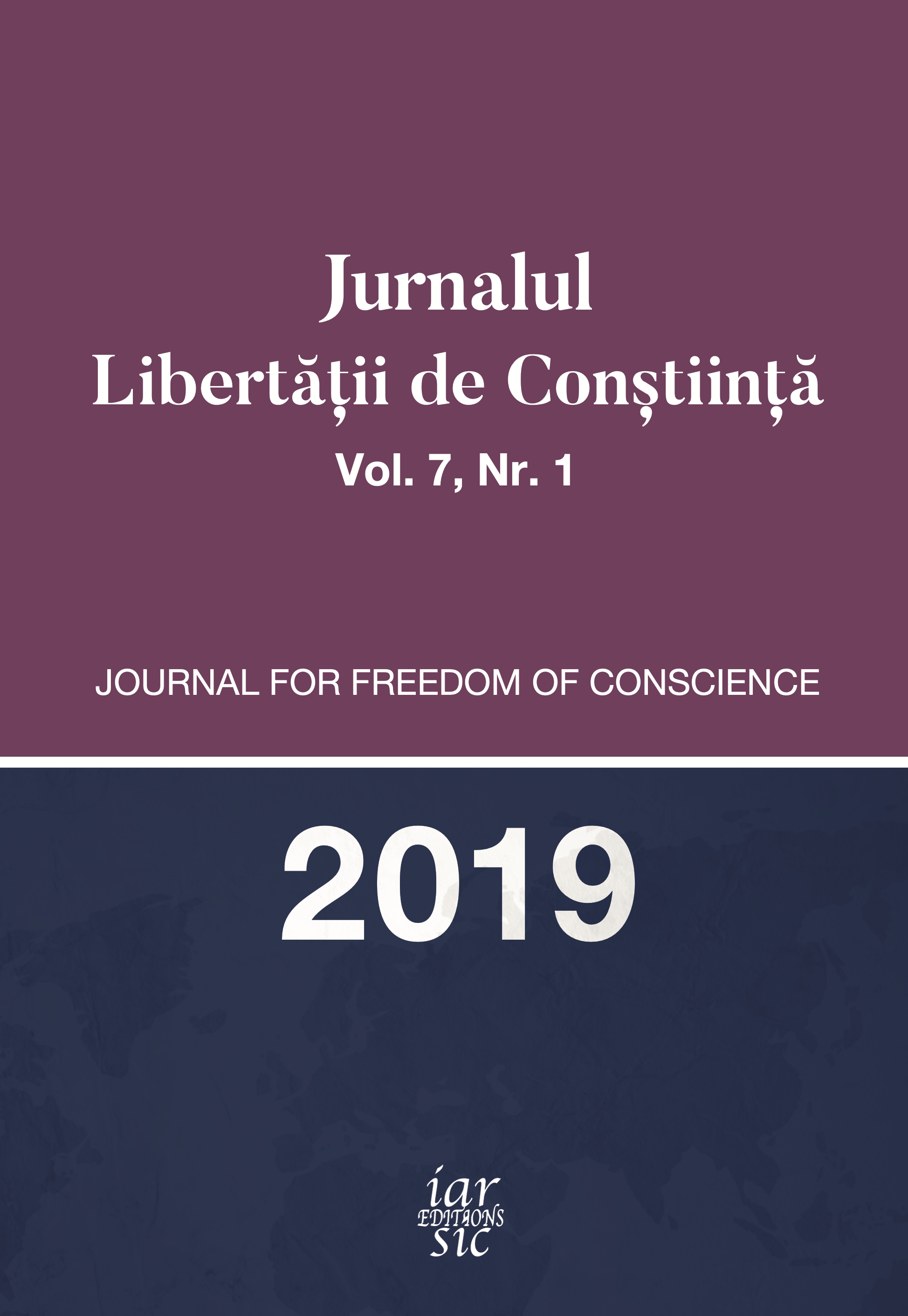CIRCULAR ECONOMY – CREATING AN ECONOMY THAT SERVES HUMAN DIGNITY AND PRESERVES OUR PLANET
CIRCULAR ECONOMY – CREATING AN ECONOMY THAT SERVES HUMAN DIGNITY AND PRESERVES OUR PLANET
Author(s): Gabriela PiciuSubject(s): Economy, Socio-Economic Research
Published by: Editions IARSIC
Keywords: competitiveness; efficiency of resources; sustainability; transition to circular economy; development SMEs;
Summary/Abstract: The economic model in the service of the common good will be based on universally recognized values as universal: human dignity, solidarity, ecological sustainability, social justice, transparency and democratic participation. The transition from the linear economy to the circular economy implies a major transformation of current production and consumption patterns that will have a significant impact on the economy, the environment and society. Understanding these effects is important for decision-makers involved in future policy making in the field. Sustainable production and consumption are the foundation for sustainable development, impacting on well-being and quality of life. Moving to a circular economy is imperative for the world’s states. An efficient resource use policy should aim to reduce consumption in the context of commodity price volatility in recent years. This can be achieved through the transition to the circular economy, which involves reducing subsidies to counterproductive production structures and supporting resource efficiency systems through financial incentives. Other issues to consider include the delimitation of economic growth from the use of resources through switching from production to services, increasing labor productivity and capital, as they provide incentives for investment and reduce consumption of natural resources by improving the processes of manufacturing, using state-of-the-art technologies, technological innovation in resource efficiency, improved waste management and increased environmental taxes to ensure sustainable development. Thus, the article analyzes the concept of circular economy and the business potential it proposes, followed by descriptive analyzes that have completed and nuanced the influence of the braking factors in the process of circular model implementation.
Journal: Jurnalul Libertății de Conștiință
- Issue Year: 7/2019
- Issue No: 1
- Page Range: 539-572
- Page Count: 34
- Language: English

